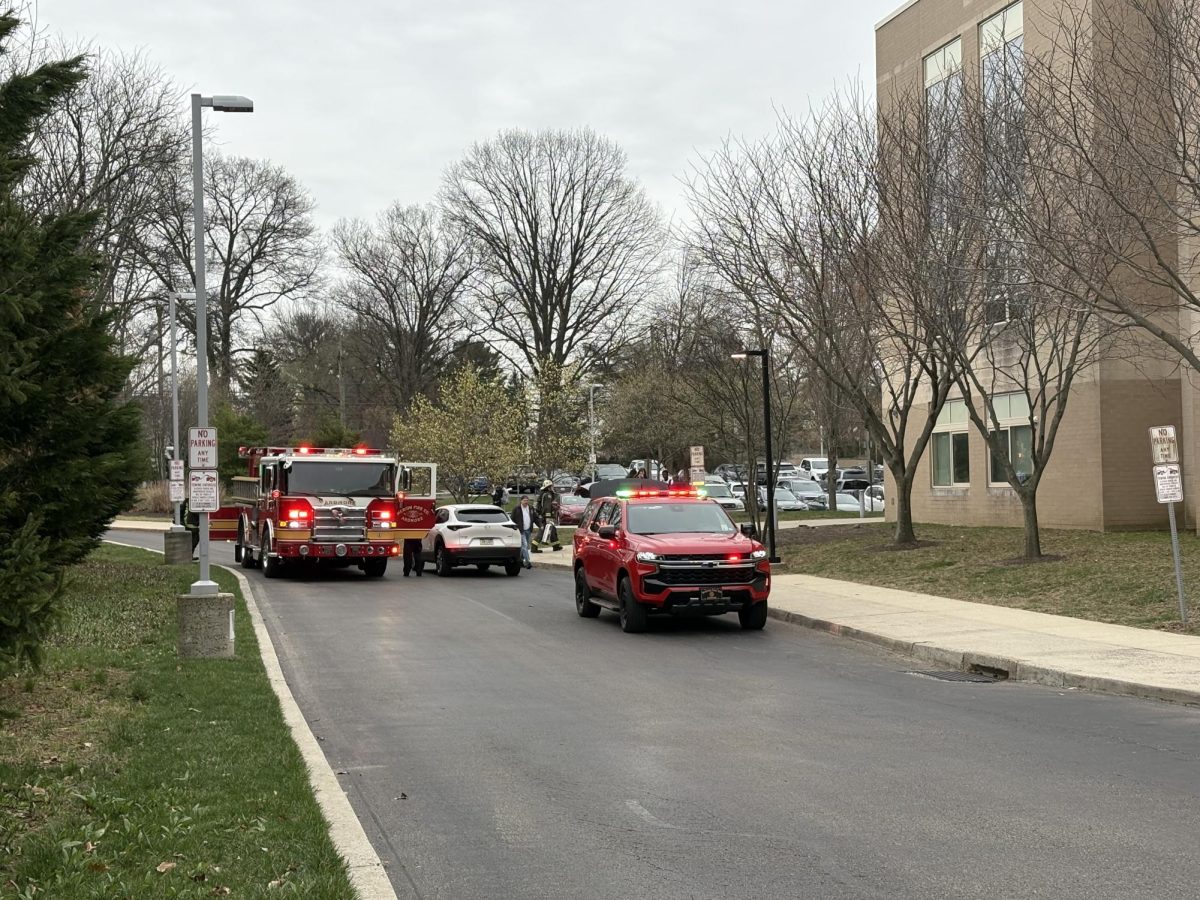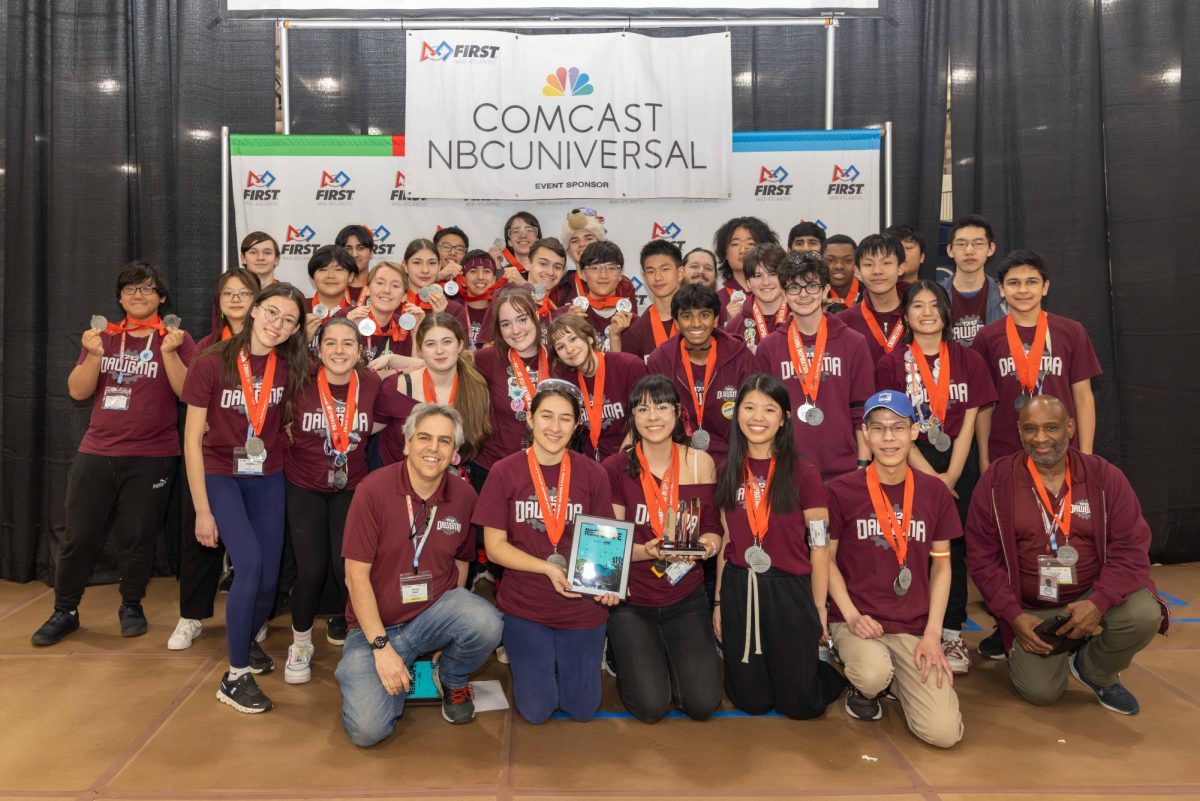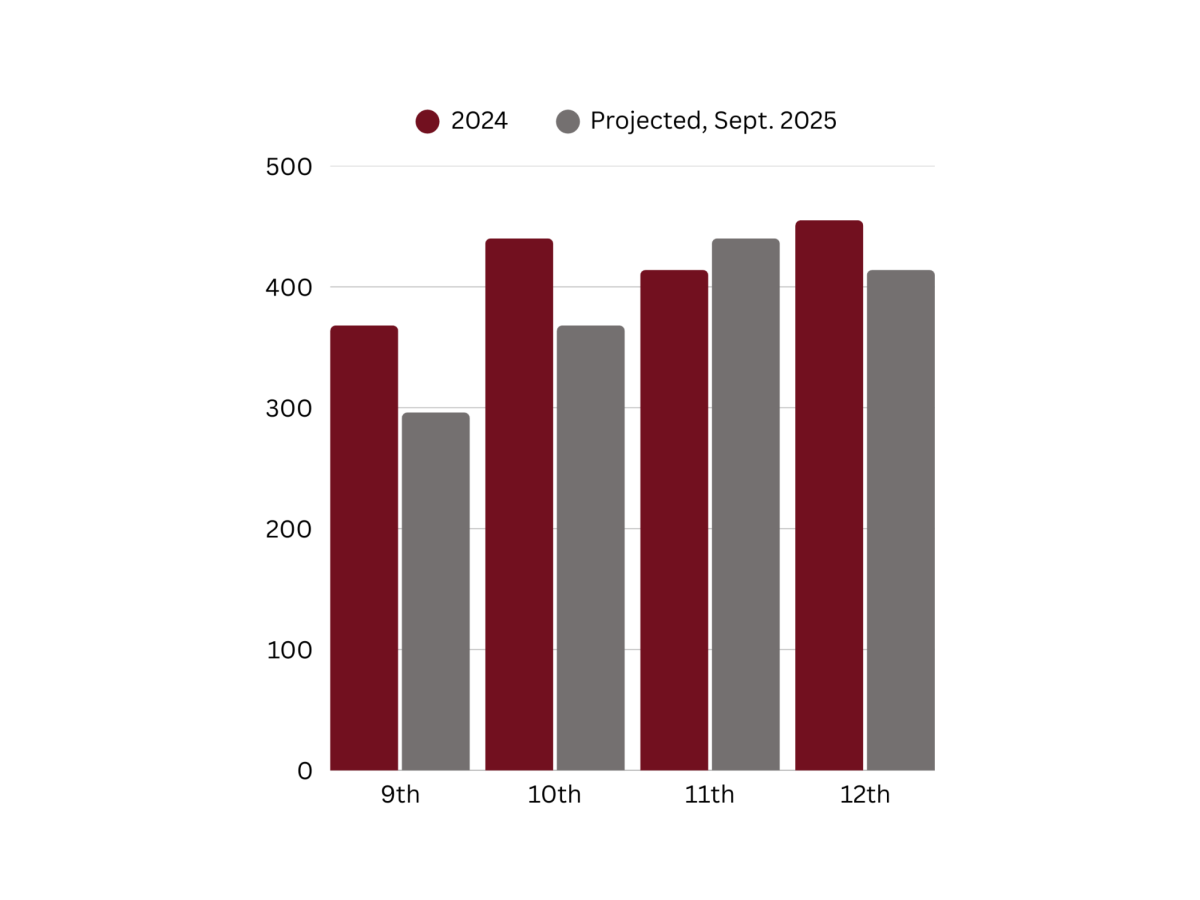Over a year ago, an announcement was made regarding the Free Application for Federal Student Aid (FAFSA). FAFSA helps students pay for college with federal and institutional aid through loans, grants, and scholarships. In addition to common applications, scholarship, supplemental essays, teacher recommendations, activities lists and interviews, this year’s seniors had to manage the delayed launch of FAFSA and its other modifications.
Traditionally, FAFSA is available in October and students receive their federal aid information before the winter holidays. Students usually know their financial position before they find out which schools they are accepted into. However, the previous FAFSA application was time-consuming, and the data exchange was not direct. So, the Department of Education wanted to make the FAFSA process more efficient and straightforward.

The changes that came to FAFSA this year are all a part of the FAFSA Simplification Act. To begin, the new FAFSA aid calculator removes the number of family members from the calculation. So, families who might have received aid for supporting two students in college at the same time will no longer benefit. Additionally, this act will extend the Federal Pell Grant, the largest federal grant designed to aid undergraduate students in low-income households, to more students with the consideration of family size and the federal poverty level. This form is made more efficient due to Fostering Undergraduate Talent by Unlocking Resources for Education Act (FUTURE Act), which makes direct data exchange from the IRS possible. While the form has removed its questions about selective service registration and drug convictions, it has added questions about students’ sex, race, and ethnicity, none of which have an effect on a student’s federal aid eligibility.
All of these changes contributed to the colossal delay of the FAFSA application. When the changes were first announced, the application for the 2024-25 school year was said to be available by December 2023. On December 31, the form came just at the close of its expected launch. Its release date coincided with many school breaks and holidays. Jared Epler, Career and College Access Counselor, comments that “this delay condensed the decision process for many students.” This amplifies the stress of the college process and “leaves them in the void of not knowing.”
Another new term on this form is the “contributor.” The contributor, according to FAFSA guidelines, is anyone that is asked “to provide their information, consent, and approval to have their federal tax information transferred automatically from the IRS into the FAFSA form and signature on your FAFSA form.” For instance, if a student is dependent on their parent or guardian, then those guardians will be considered contributors. If the parents or guardians didn’t file their taxes jointly, both are considered contributors. The student and the contributor must provide consent and approval to have the IRS transfer their federal tax information into the FAFSA form. Epler raises his concerns for “students who do not live with their guardian and might have extra trouble and stress completing the form.”
Most students aren’t expected to see their FAFSA results until the beginning of March, but even this is not guaranteed. Given all the complications this year, colleges, such as Widener University, have extended their decision beyond the traditionally concrete May 1 deadline. However, as Epler highlights, “if students are considering multiple schools, and only a few of them extend their deadlines, this doesn’t completely solve the problem.” When the FAFSA results are released, students might have to suddenly make pivots in their plans if they discover that what they are offered does not align with their families budget.
The continued issues with this year’s FAFSA application have caused great frustration for many students. Epler has heard students having, “issues putting in their social security number, glitches when trying to add contributors,” and other technical issues. Emily Zhang ’24, experienced multiple errors logging into her account, explaining, “Despite having all the right requirements, when I called the help desk they asked me to call again, and then did not pick up when I called back.” Overall, these technical glitches have made the process burdensome and aggravating.
The irony of this year’s FAFSA form is that its improved efficiency made the entire process go slower. Many students are now put under an even more challenging time crunch to make a decision that will affect them for the next four years and beyond. Epler is hopeful that next year’s form will return to the usual schedule and this was just “a year of working out the kinks.”







